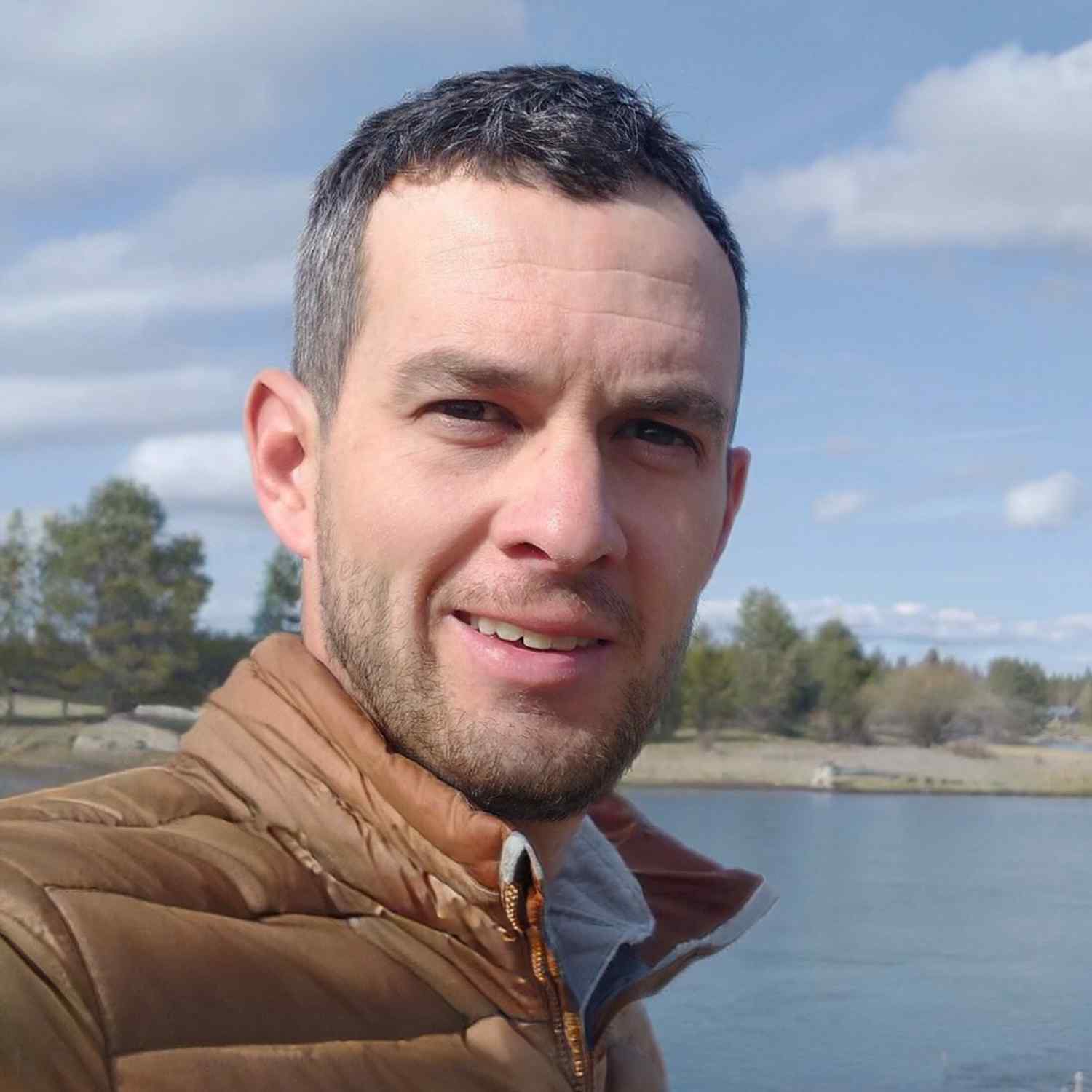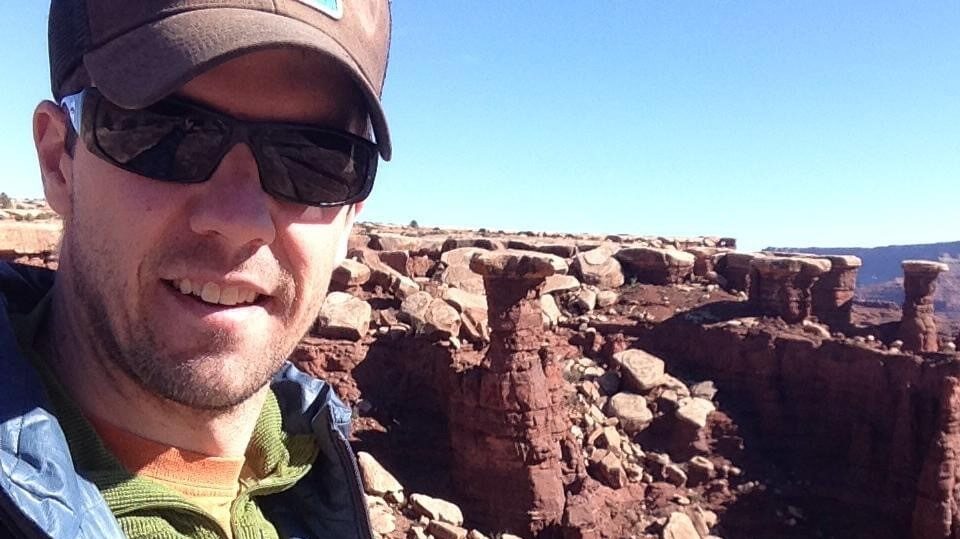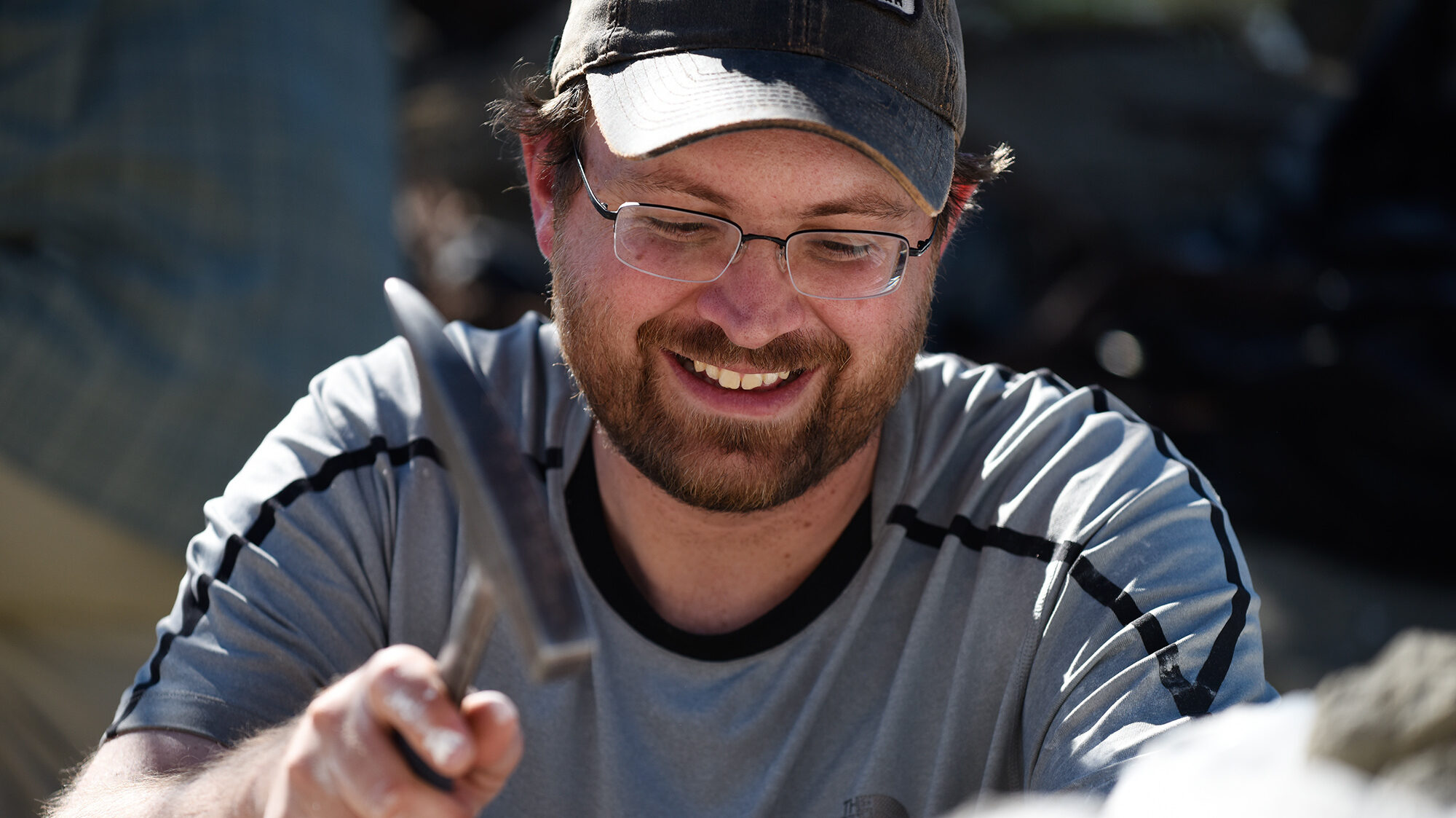Some information may be outdated.
Sagebrush once stretched across almost 500,000 square miles from the Dakotas to California. Each year, a million acres are lost to invasive species, catastrophic wildfire, development, improper grazing and climate change.
Matt Cahill is the director of the Sagebrush Sea program for The Nature Conservancy. He advocates that scientific solutions and large-scale collaboration are needed to reverse the trend in sagebrush loss. Science Moab spoke with Cahill about what is being done to save this vital landscape.

Science Moab
The Sagebrush Sea has been called one of the largest natural systems in North America. What makes up the Sagebrush Sea?
Cahill
What we mean is landscapes dominated by these shrub-steppe vegetation communities with an overstory of sagebrush. Under that sagebrush is pretty diverse perennial vegetation, bunch grasses, and lots of wildflowers.
Geographically, the Sagebrush Sea is the space between the mountains. So from California to the Dakotas, Canada to the Grand Canyon, it’s kind of the valley bottoms, the broad open plateaus and basins that are in between big lofty mountain ranges, and then eventually peter out and become the Great Plains as you move into eastern Montana and Eastern Wyoming.
Science Moab
What sort of work do you do with ranchers to keep the sagebrush intact?
Cahill
A big part is to learn from ranchers and ranching communities who have a deep understanding of what is reality. It’s a lot of listening, learning and sharing. We own, as an organization, multiple large working ranches. One of the big realities in this system is that this is a public lands landscape. The Bureau of Land Management [and] the Forest Service manage those acres for the public. So to work with private landowners who have livestock grazing operations, you also need to work with the agencies that then give them permits to graze on public lands. That brings in the whole mess of regulation, and the lack of flexibility, and lack of accountability.
So it’s as much of a social conundrum as it is a technological one, because it needs to work for people. And you can’t go too crazy, because you have to show that it works.
There’s rightful criticism that grazing causes problems. Absolutely it does when done improperly. So we need to turn a very large ship, we need to do so rather quickly, but we can’t do it so carelessly that we just end up with a different set of bad outcomes.
Science Moab
What does one of these restoration projects look like?
Cahill
The thing that excites me most is how we layer these ideas together. At the the Nature Conservancy’s Dugout Ranch (the Canyonlands Research Center), we are looking at how restoration of uplands affects these plant communities. How does it layer into restorations of wetlands and streams, which are in a desert like much of the Sagebrush Sea in the Colorado Plateau? Water is everything. Healthy, diverse riparian areas give you more water and give you more forage. So layer the right the upland restoration and riparian restoration and livestock management all together because they’re just parts of the same puzzle.
We’ve got a number of projects now going that are trying to integrate these learning spaces between uplands riparian and grazing. If we think of these solutions working together, we think about them in a setting where people are at the center of the solution, working the land, and restoring the land, there’s not a solution without people.
The joy of my job is I get to connect our colleagues at the Dugout to colleagues who are up in the Lander front in Wyoming and colleagues who are in the desert basins of southeast Oregon and southwest Montana, and just pull all of our teams together and say ‘you’re doing so much of the same work.’ It’s a fun place to get to operate.
Science Moab
Why do we care so much about restoring the Sagebrush Sea?
Cahill
It’s a big important question. There are endless issues that we need to fix in this world, in this country, in the West. Why this one? I think it’s healthy for us to ask that question. But there are some really relevant answers.
One of them is that it’s an enormous landscape that spans the West. We can’t just not manage a biome this large. There’s reason to believe that we can turn the tide of the worst outcomes and we can defend the core if we get smart, if we work together, and if the dollars go for the right tools in the right places.
There’s an inherent value to trying to conserve biodiversity this diverse and this large, with lessons to be learned and shared with other systems. We’re not the only system that is dealing with prioritization and scarcity of resources in an ever-changing, ever more unpredictable future climate. So what we can learn in this system is hopefully valuable to other systems, and vice versa.
We’re going to be in a different kind of world one hundred years from now, and it’s going to be one where people have learned to live and manage with uncertainty—and this is a great laboratory for us to figure out those answers.
Appreciate the coverage? Help keep local news alive.
Chip in to support the Moab Sun News.





